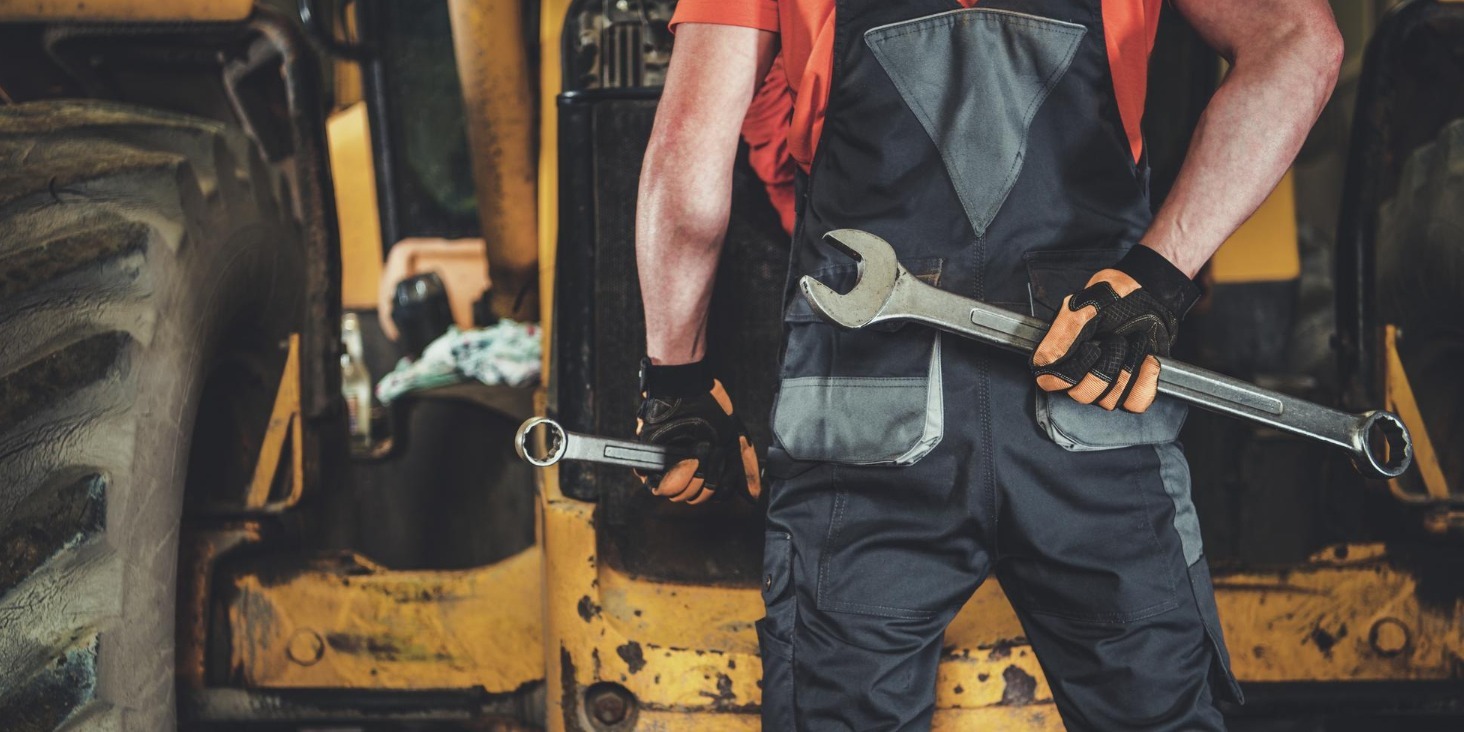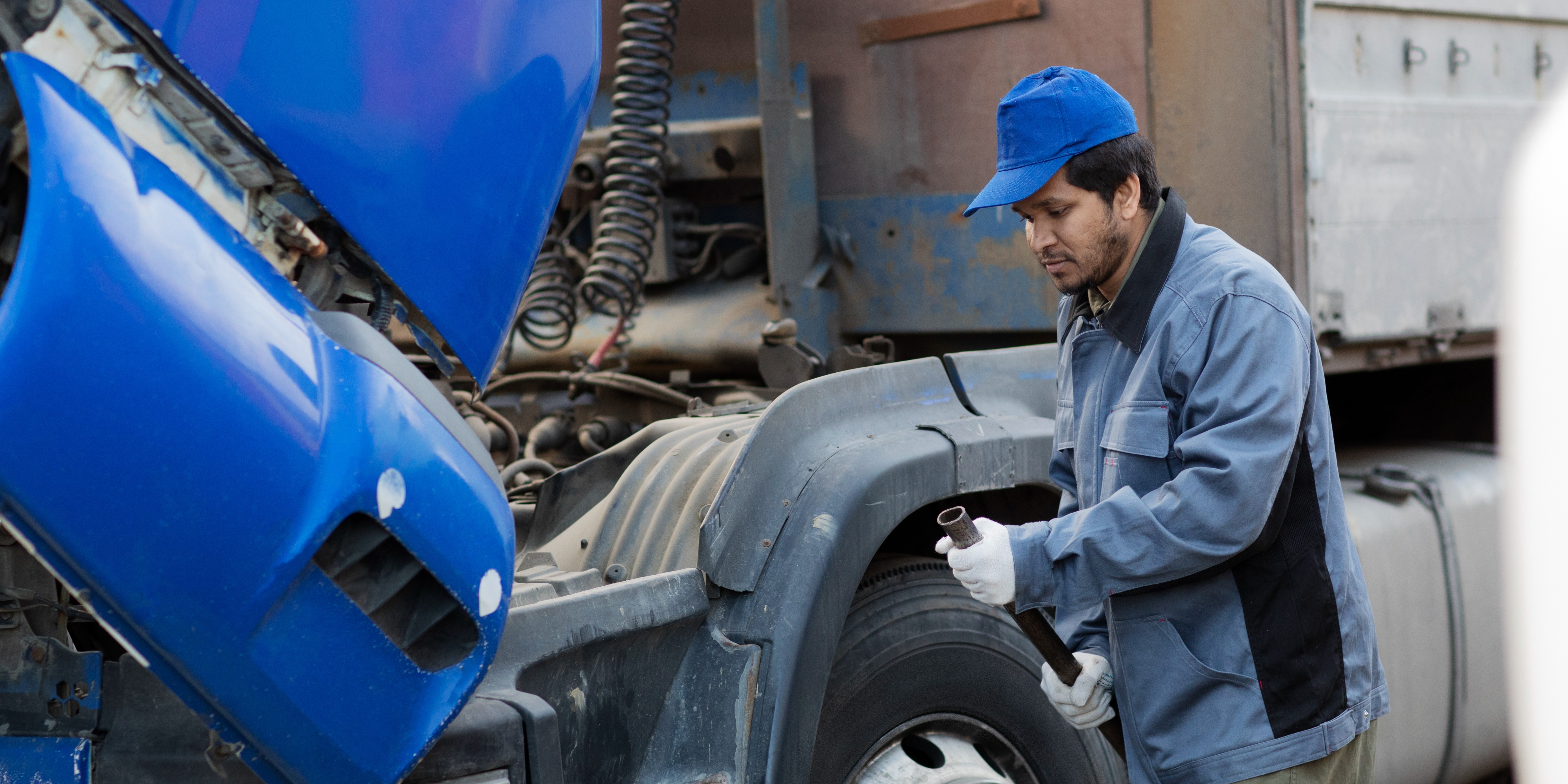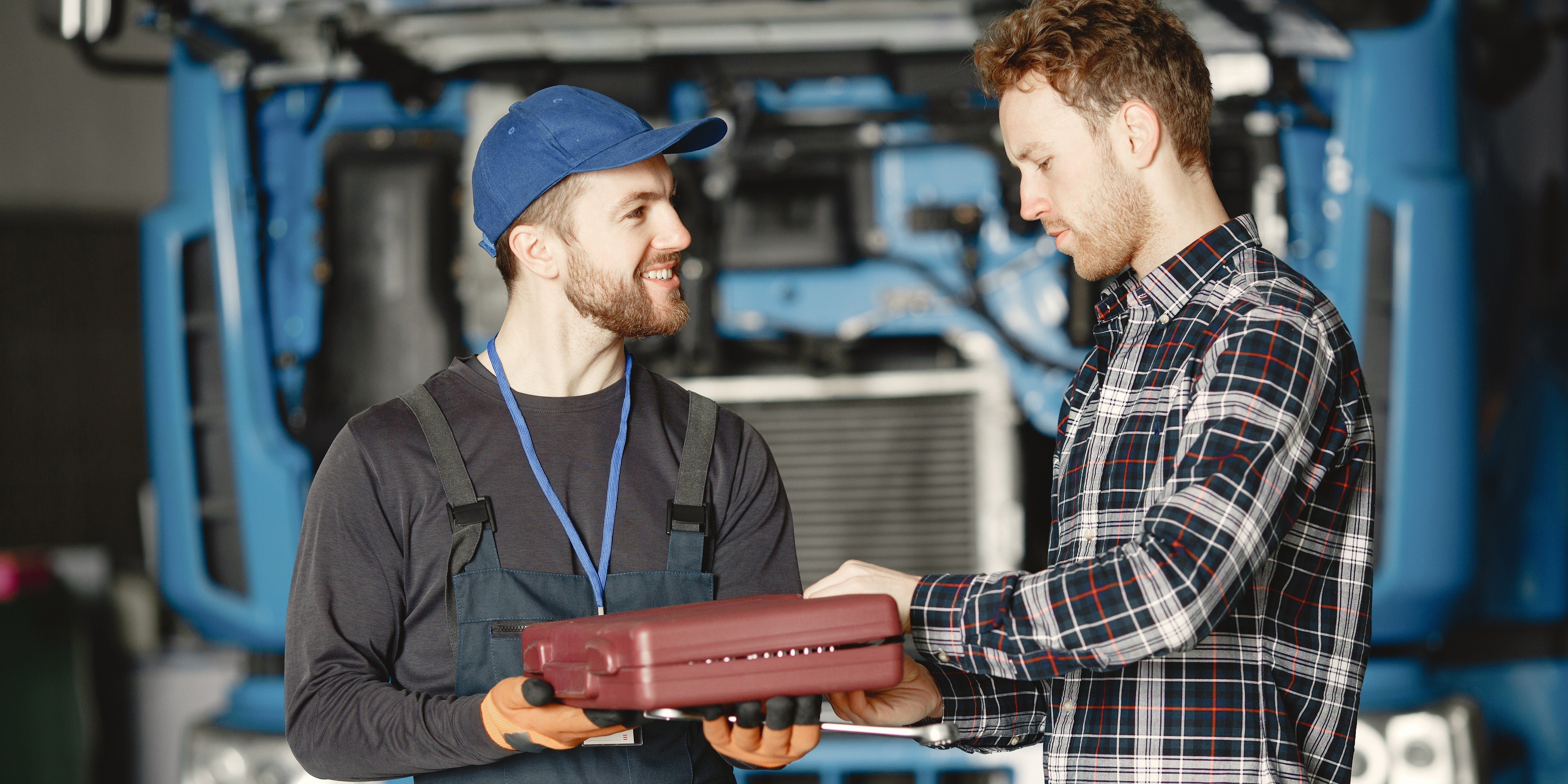
How to Build a Safety-First Culture That Protects Your Team and Your Bottom Line
Every heavy-duty shop owner has seen it - or lived it: a technician throws out his back lifting a 100-pound axle solo because “it’ll be quicker that way,” and suddenly, you're down a top tech for three weeks, staring at a $40,000 workers’ comp claim and a mess of delayed jobs.
But here’s the truth: that wasn’t bad luck. It was a culture failure.
In heavy-duty diesel, trailer, and fleet repair, safety isn’t just a compliance checkbox - it’s the difference between uptime and downtime, profit and pain. Creating a safety-first culture isn’t overhead. It’s a profit strategy.
And the good news? With the right mindset and tools - like ShopView, built specifically for diesel and fleet operations - you can make safety part of your daily workflow without slowing a thing down.
Let’s break it down.
Why Safety Culture Isn’t Optional in Heavy-Duty Repair
In this industry, technicians don’t just turn wrenches - they wrestle truck tires the size of bathtubs, deal with high-pressure systems, and work under time pressure every day. One slip-up can sideline a tech for months or worse.
According to the U.S. Bureau of Labor Statistics, nearly 10,000 automotive service techs suffer serious injuries each year - back strains being the most common. That’s no surprise in an environment where a single lifted semi-truck without proper jack stands is a potential catastrophe.
The financial cost? Massive. Beyond injury claims, you’re looking at:
- Downtime and lost productivity
- Higher insurance premiums
- OSHA fines
- Tech turnover
- And lost trust from fleet clients who want safe, compliant partners
But flip that around, and you see the upside. Shops with strong safety cultures report:
- Fewer injuries and near-misses
- More uptime
- Lower turnover
- Higher quality of work
- Better customer confidence
In short: safety isn’t in the way of productivity - it’s the path to it.
4 Ways to Build a Safety-First Culture That Actually Sticks
1. Make Safety Talks Routine - and Real
Regular “toolbox talks” are your first line of defense. These short (5 - 15 minute) safety meetings - held weekly or even daily - keep safety top of mind. Keep them simple and specific: one topic per meeting (lifting techniques, spill cleanup, PPE use).
Make them interactive. Encourage techs to share close calls or hazards they’ve noticed. Some shops reward techs who identify the week’s biggest safety risk - gift cards, lunch, you name it.
And always document your safety talks. OSHA looks for it. Plus, it shows your team you’re serious.
Pro Tip: Use ShopView's digital work orders to include safety checklist prompts directly in job steps like “verify jack stands” or “wear eye protection.” No more skipped steps.
2. Encourage Open, Blame-Free Hazard Reporting
If a tech spots a frayed lift cable or oil slick, they need to feel safe reporting it - not worried about getting blamed.
That starts at the top. Create an anonymous hazard reporting system (a dropbox, a digital form in ShopView - whatever works), but more importantly, respond with appreciation, not reprimand. “Good catch - let’s fix that,” should be your default.
Then follow through. When a tech reports an issue, fix it - and let them know it’s been fixed. That builds trust and gets more people speaking up.
When everyone - from junior techs to the shop owner - feels responsible for safety, your shop gets stronger every day.
3. Lead by Example, Every Day
Culture flows from the top. If the owner skips eye protection or crawls under a suspended truck without stands, guess what? Everyone else will too.
Leaders must be the first to follow every safety rule. That means wearing the gear, attending the meetings, and sticking to the protocols - even on “quick jobs.”
Managers should also invest in safety gear, lift assists, training time - whatever it takes to show the team you’re walking the walk.
And don’t just talk about accountability - enforce it. If your best tech skips a lockout/tagout, call it out. Consistency is everything.
4. Bake Safety Into Daily Routines and Training
For safety to stick, it has to be second nature.
- Add safety steps to every job checklist
- Start jobs with a quick safety walk-around
- Cross-train techs to be “safety buddies”
- Make housekeeping and organization part of the culture (use 5S principles)
- Offer incentives or recognition for safe practices
Safety is also about training, not just once, but ongoing:
- OSHA 10/30-hour refreshers
- Forklift or lift operation re-certifications
- New hire onboarding with hands-on safety instruction
And keep it personal. Show your team how an injury means lost wages, lost mobility, or worse. Share real-world near-misses. It hits harder than any manual ever will.
Why Safety Actually Makes You More Profitable
Let’s talk numbers - because safety isn’t just a feel-good strategy.
Here’s what you gain:
Fewer injuries = more uptime. A tech out with a back injury costs you thousands in lost labor. Prevent that with better equipment and protocols.
Lower insurance costs. Fewer claims = lower premiums. Improve your EMR and avoid OSHA fines entirely.
Fewer mistakes and comebacks. Safe work is quality work. Safety-conscious techs don’t rush - and they don’t cut corners.
Better retention. Good techs want to work where their safety matters. One shop using ShopView improved retention by showing their crew they cared.
Fleet trust. Big fleet clients want shops they can trust for DOT, DVIR, and IFTA compliance. A spotless safety record speaks volumes.
ROI fact: For every $1 you invest in safety, expect a return of $3 - $5 in saved costs. That’s not theory - it’s backed by real shop data.
Making Safety Easy with the Right Tools: Why ShopView Matters
You can talk safety all day - but if your systems are chaos, stuff gets missed. That’s where ShopView comes in.
Here’s how it makes safety seamless:
Digital Work Orders with Safety Prompts
Auto-built safety checklists keep techs on track. From “Verify wheel chocks” to “Check lift lock,” nothing gets skipped.
DOT/DVIR/IFTA Compliance Built-In
Driver reports a DVIR defect? ShopView creates a task automatically. Stay ahead of compliance and protect your customers.
Fleet & Telematics Integration
See ABS fault codes, low tire pressure, or overdue inspections in real-time. Prevent breakdowns before they happen.
Workload Balancing to Prevent Fatigue
Use scheduling tools to prevent overbooking or overworking techs - one of the biggest hidden safety risks.
PPE & Safety Inventory Tracking
Never run out of gloves, goggles, or spill kits again. Track reorders just like you do with parts.
Training & Certification Alerts
Know exactly when your techs’ certifications are due. Keep everyone current - and compliant.
Proven ROI
One ShopView user doubled revenue and boosted retention - all while improving safety and reducing chaos.
Bottom Line: Safety isn't another layer of admin when you use the right tools - it becomes the way your shop runs, automatically.
Final Thoughts: Make Safety a Core Part of How You Work
Creating a safety-first culture doesn’t happen overnight - but every step you take builds momentum. Start with a toolbox talk. Fix that nagging hazard. Say “thank you” when a tech flags an issue. And lead by example, every single day.
Then, bring in the tools that make it all easier - like ShopView.
In the words of our team of 20+ year industry veterans:
“Safety isn’t overhead. It’s a profit strategy.”
By investing in your people, your process, and the right platform, you’re not just keeping your shop safer - you’re making it more competitive. Safer shops don’t just protect lives - they build better businesses. Let’s make safety your advantage.
Ready to Work Safer and Smarter?
Book a free demo of ShopView - See how digital safety checklists, compliance tools, and smart scheduling can help your shop prevent injuries and cut downtime.
Explore ShopView features - Built for diesel, fleet, and heavy-equipment shops. Not just another auto shop app.
Calculate Your ROI - Find out how much time and money your shop could save with safety-first workflows.
.png?width=1500&height=1500&name=11%20(1).png)








.png?width=1500&height=1500&name=1%20(1).png)

%20-%20Copy.png?width=1500&height=1500&name=2%20(1)%20-%20Copy.png)



